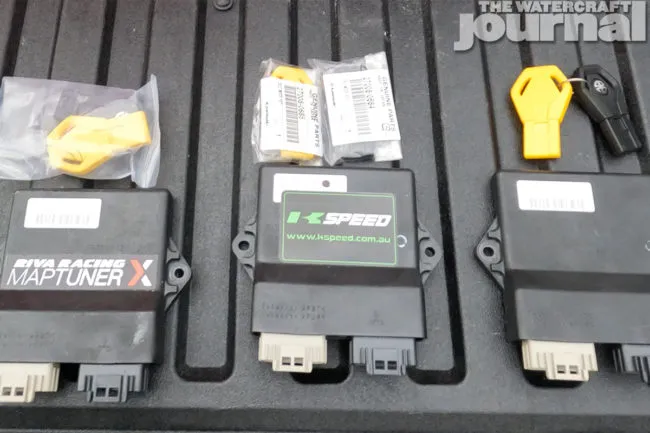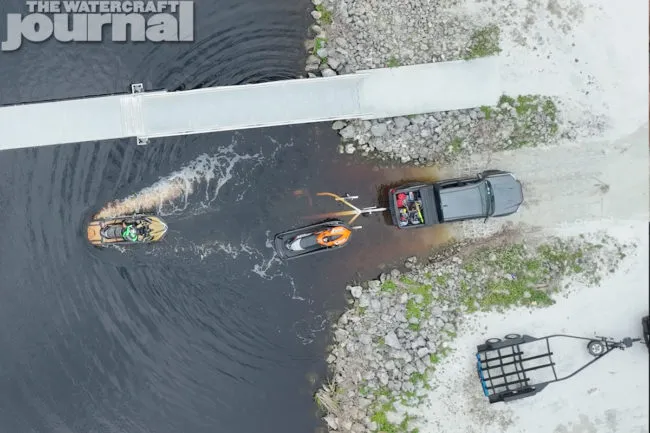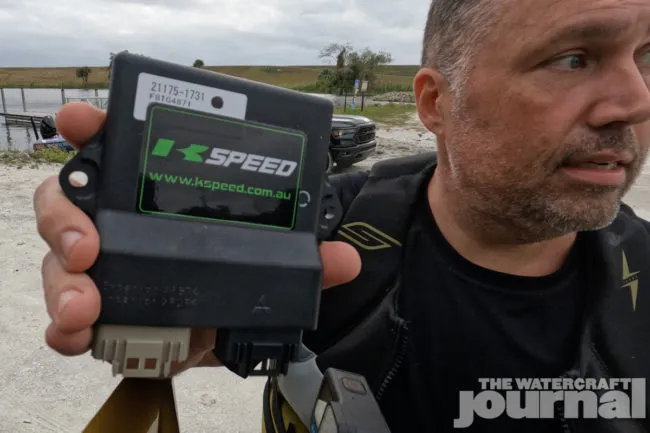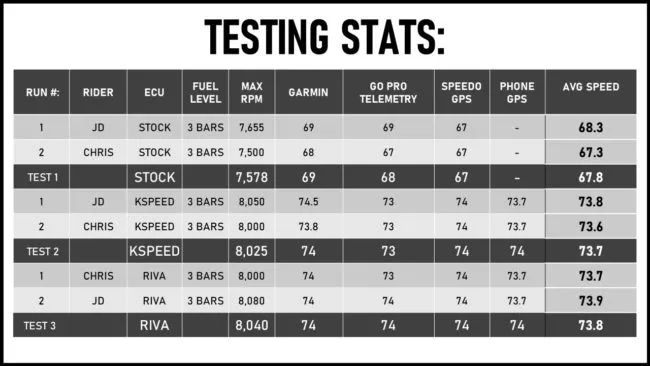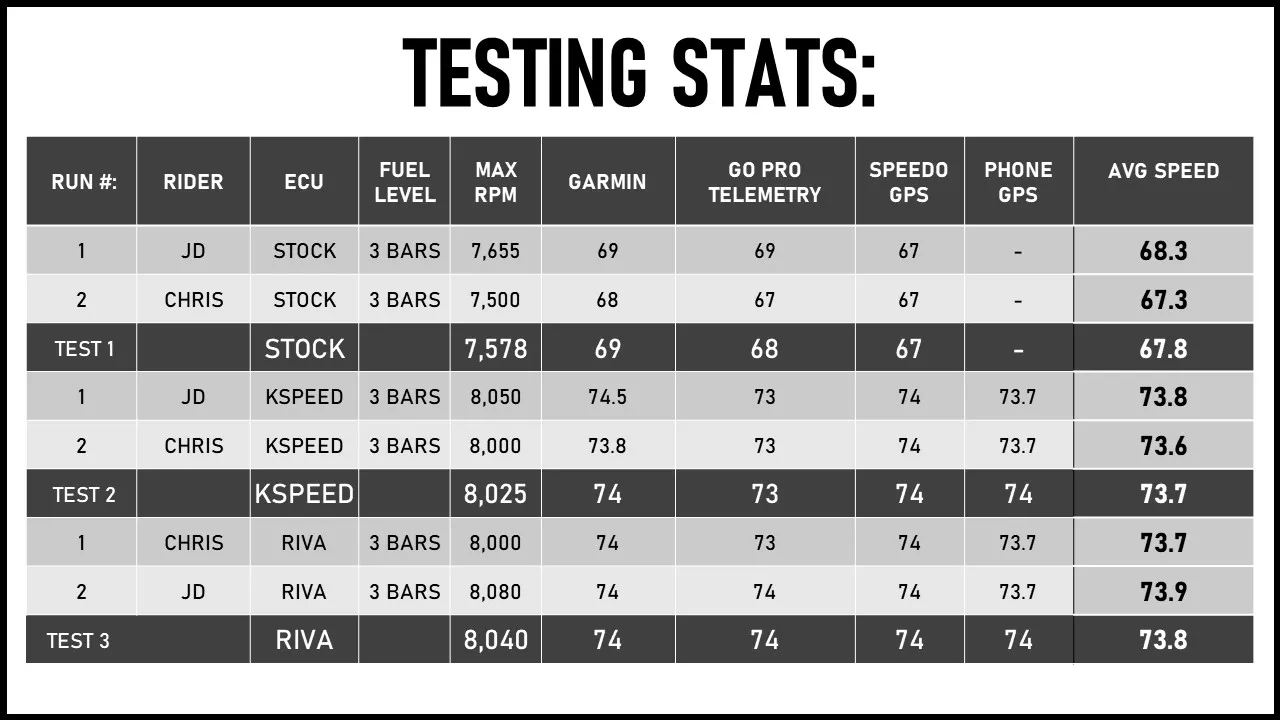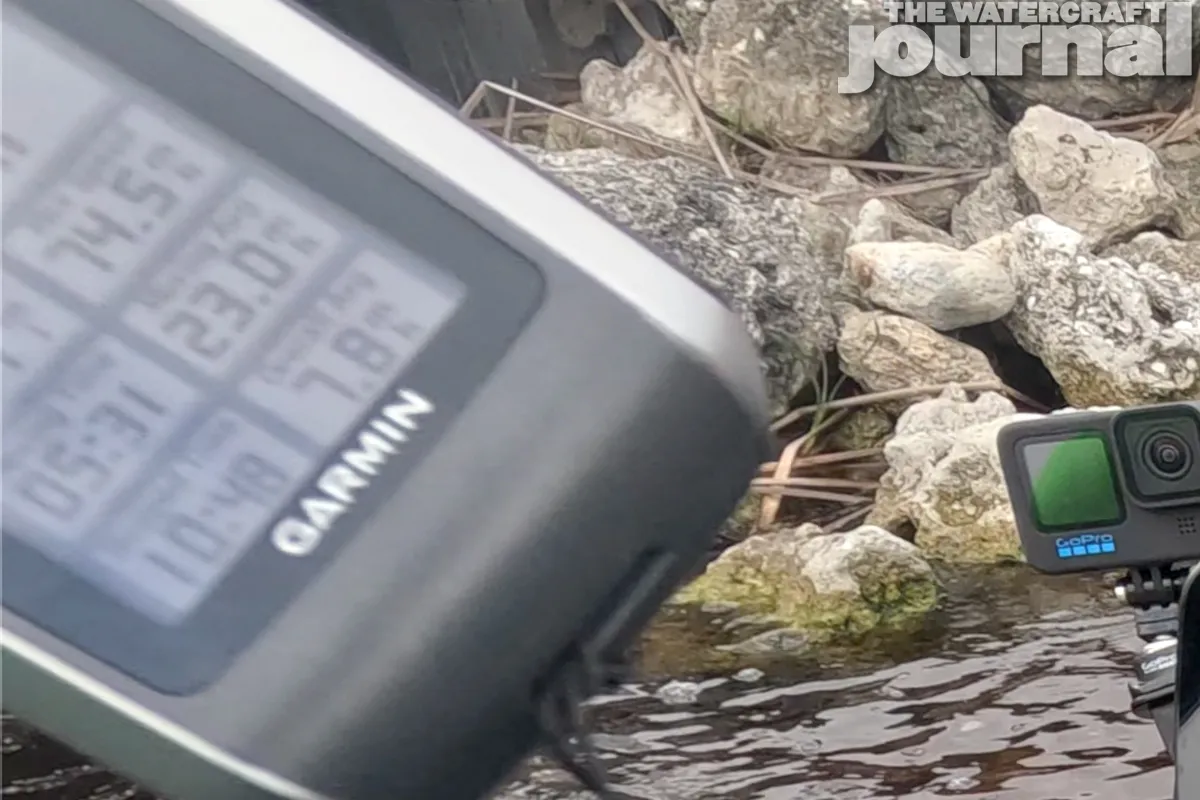When Kawasaki announced the new Ultra 310 platform in the fall of 2021, we at The Watercraft Journal knew that we were in for a treat from the performance aftermarket. It took a few extra months for units to land in Australia, but as soon as they did Kspeed began banging, ripping and disassembling the newest machines.
As most expected, they were the first out of the gate with a solid tune and began working on other modifications. One day in January 2023, there was a text thread between all of us at The Watercraft Journal demanding, “Go look at Jesus Garcia’s post now!”
And there it was. Jesus Garcia with RIVA Racing had just finished his final tests on the Stage 1 ECU tune for the new Ultra 310 platform – 74mph with just a tune. Everyone in our text thread just knew that we had to run these two tunes for a real world comparison.
JD Brussels from JD’s Waterworld and this author from The Adventure State were getting ready to hang out for a week in Jupiter, Florida. We both already had the Kspeed tune and already had the OEM stock ECU. Chris contacted RIVA Racing and they agreed to let us give their tune a try.
We were able to find a canal that had hills and trees on both sides blocking any wind. The water was nice and calm. Water traffic was nonexistent and there was only about 20 feet of no wake zone. Pretty perfect testing conditions.
Before we get into the numbers, here are some details that the reader should know: Even though we had the Kawasaki Ultra 310LX and the Ultra 310LX-S, we decided to do the testing on the flagship only, as the LX weighs the most. The ski has 30 hours and was completely stock, minus the Kspeed Atmospheric Trumpet.
We wanted to make sure that each run was as close to the exact same as possible. Chris weighs about 80-pounds or so more than JD so we thought it was important for both of them to do each run and truly compare the numbers. We also used four GPS devices; the GPS speedometer on the Kawasaki’s dashboard, a Garmin 78SC (handheld), GoPro Hero11 meta data and a cell phone in the phone box running the app Max Speed. We thought it was important to capture as much data as possible.
Air temperature was 75 degrees F with 90% humidity and the wind was less than 1mph during our entire day. The intake temperature averaged 80 degrees F and never exceeded 83 degrees. We started the day out with about 1/3 tank of fresh 93 octane fuel. After each run, we would let the ski sit for 20 minutes to allow it to cool down, splash just enough fuel in to get us back where we started and document all data collected form the previous run.
As you can see in the image, we have listed what each GPS gave us, but for the purposes of this article, we will give you the average between all four GPS devices: The Kawasaki stock ECU gave an average of 68.3 MPH for JD and 67.3 MPH for Chris, as expected. Between the two of them, that is an average of 67.8 MPH; the Kspeed ECU gave an average of 73.8 MPH for JD and 73.7 MPH for Chris, giving an average of 73.7 MPH; the RIVA ECU gave an average of 73.9 MPH for JD and 73.7 MPH for Chris, giving an average of 73.8 MPH.
From spending several hours testing these out and trying to document as much data as possible, our entire team has come up with two conclusions: First, the Kawasaki Ultra platform just doesn’t seem to care that much about weight differences, as you can tell by comparing our two test riders. The second thing is by only seeing literally 1/10 of a MPH difference, the Kspeed and RIVA ECU tunes seem to be nearly identical as far as top speed numbers are concerned.






